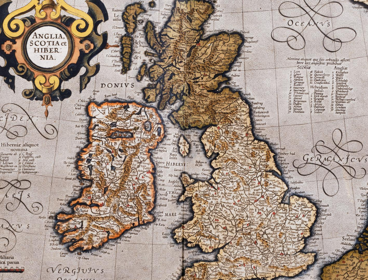Historical geographers are not limited to documentary evidence. Sound files, and people’s experiences of sound, can offer powerful evidence of lived experiences in the past and prompt oral history recollection.
Examples of sound recordings that you might use in historical geography:
-
Music
-
Speeches and interviews, news and other broadcasts
-
Oral histories
-
Soundscapes (including background noise of other recordings)
Ways of incorporating sound clips into teaching activities include:
-
Treating a sound clip as a primary source in the same way you might introduce a photograph, asking students to identify when where and why the recording might have been created
-
Listening projects, for example: Dear Architects: Sound Matters [New York Times]
-
Sound walks, a multi-sensory way to explore urban and natural landscapes, and an opportunity to create site-specific cultural geography
-
Sound notes: ask students to observe and record what they hear in a particular place; or visual scenery: use a soundscape to help students form a visual image of a landscape or place
In this clip, David Matless (University of Nottingham) explains how he has approached historical geographies of sound and ways to use sound archives.
Part of the Historical Geography Research Group (HGRG) series of teaching and learning resources.




